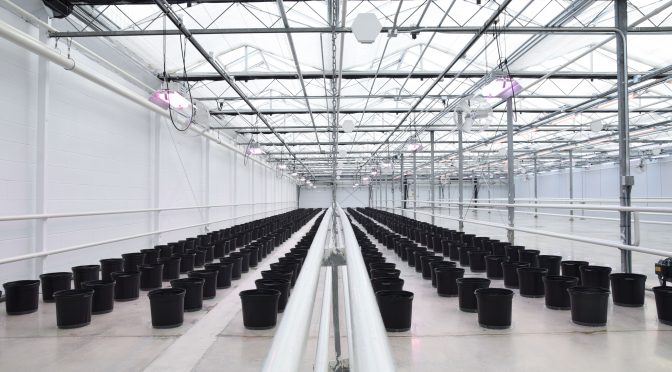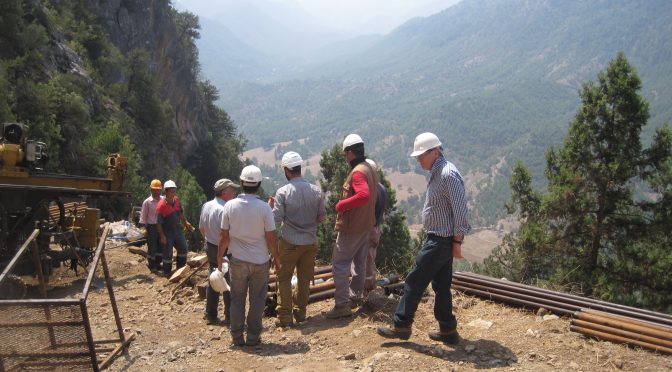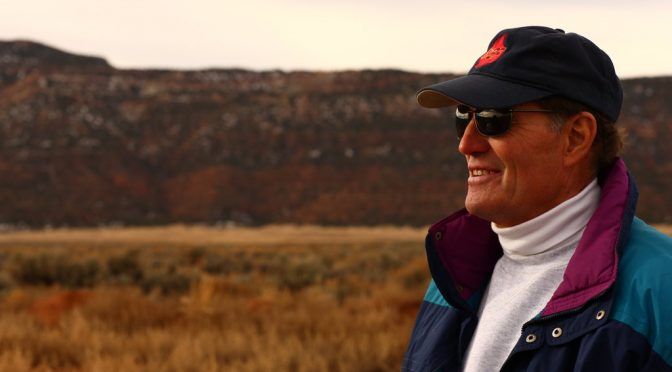This story was originally published at www.proactiveinvestors.com on May 26, 2016 and featured in The CSE Quarterly.
Lite Access Technologies listed on the CSE in a transaction that saw the company raise just over $1.84 million at $0.25 per share, with its first trade printing on June 1, 2015. Since then, its stock price has closed as high as $1.80, up 620%, and at time of publication was $1.61, or 544% higher.
Lite Access could hardly have chosen a better time to go public, what with a worldwide “supercycle” in optical fibre installation by large telecoms driving growth for the company’s products and services. And if that cycle is, as the company suggests, merely in the second inning, it is easy to understand why investors have gotten so excited about the prospects for strong, sustained earnings.
“Everyone today is touched by the digital world and realizes that high broadband speed and capacity is essential to a modern economy, economic growth and the daily lives of most consumers,” says Michael Plotnikoff, Lite Access co-founder and Chief Executive Officer. “And as rapidly as fiber optic deployment is growing in a general sense, the micro-trenching and air-blown fibre sub-sector that Lite Access specializes in is growing faster. We not only offer pure-play exposure to the space, but our total integrated solutions are based on both proven technologies and widely accepted installation methodologies considered to be the solution of choice for fibre-optic connectivity – that is pretty difficult to find.”
Lite Access uses specially designed proprietary equipment to create “micro-trenches” into which it places exclusive crush-proof microduct (micro-conduit) designed for all types of telecom applications, both for today’s needs and those of the future. The microduct serves as a medium through which optical fibre is blown using compressed air to create high-speed broadband connectivity in a matter of minutes and at a cost far less than with traditional cable installation methods.
The beauty of the system, and a main factor driving demand, is the lack of interference with the local environment and archaeologically sensitive areas both during initial installation and any subsequent upgrade cycle. As the micro-trenches are narrow, Lite Access installation teams can be in and out of a site quickly (micro-trenching and installing up to 1 metre per minute of microduct) and at a cost much lower than more disruptive conventional methods.
Later, when fibre needs to be replaced due to technological obsolescence or upgraded in support of future growth requirements, there is no need to dig up the roadway again. Lite Access simply blows new fibre from the starting point through to its destination at the other end and, voila, there is your upgrade. Nobody outside of the companies involved even knows it took place.
As Plotnikoff explains, Lite Access is a pioneer in the micro-trenching and air-blown fibre business, and as the industry shifts into high gear he has a proven team behind him that has successfully completed dozens of projects globally, some quite challenging from an engineering perspective and at times not possible using traditional installation methods. Well-rounded project and management experience is serving Lite Access well from both an operations standpoint and in the market with investors. It is one of several important boxes it has ticked.
Good people? Check. And that includes over a dozen partners around the world certified to install microduct and handle air-blown optical fibre installation. These partners will contribute to a re-balancing of the revenue stream in future years as they collectively come to install more of Lite Access’s patented equipment and supplies than the company does itself.
Good financial management? Check that box, too. Lite Access has just 30.6 million shares outstanding and no financing has been conducted since the initial $0.25 round. A corporate update released February 1 explained that milestone payments had been received on a $7 million project for BC’s Haida Gwaii community, plus there was over $1 million in receivables and inventory on the most recent balance sheet.
Another key point to note is that with the types of customers Lite Access has – which include cities and municipalities, First Nations and Native Americans, as well as private enterprise and local governments – odds are the company rarely, if ever, finds itself chasing anyone for payment.
Plotnikoff speaks warmly about shareholders he has interacted with over the past year, saying some have essentially become advocates for the brand, helping build awareness and even calling in with business opportunities. Shareholders are welcome to visit the company’s headquarters and main warehouse in Richmond, British Columbia, if that level of contact is important to them.
“Our shareholders are comfortable because they have an open line of communication and clear, transparent access to information,” explains Plotnikoff. “I like to think that if we preserve that approach as a principal component of our corporate culture and continue to deliver growth, we will always have a strong degree of support in the market.”
Learn more about Lite Access Technologies Inc. at http://liteaccess.com/ and on the CSE website at http://thecse.com/en/listings/technology/lite-access-technologies-inc




